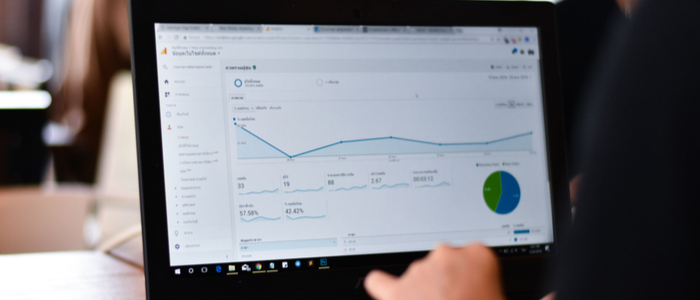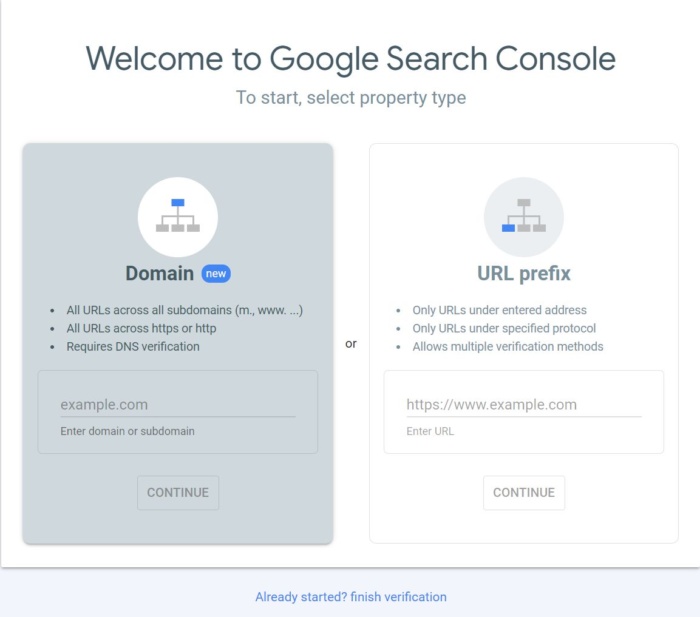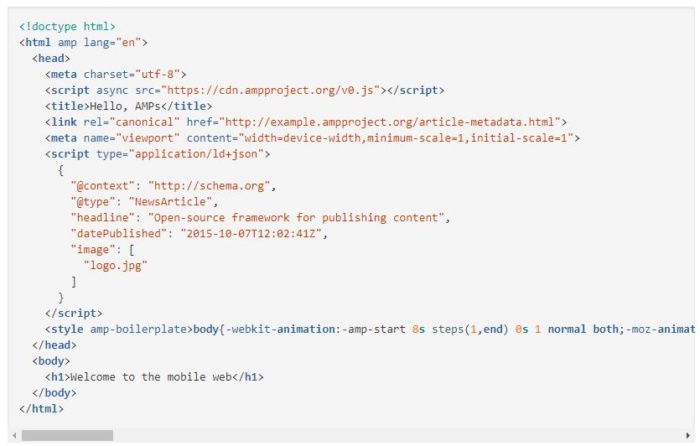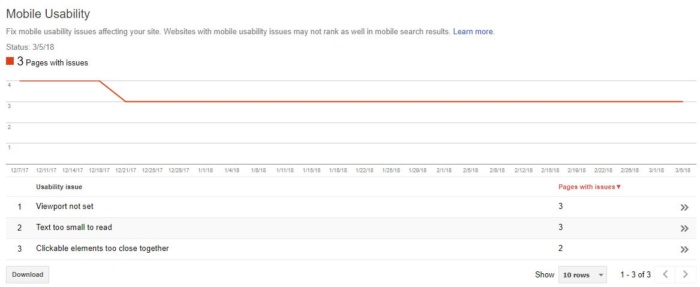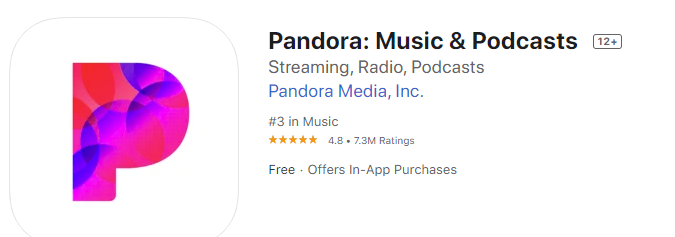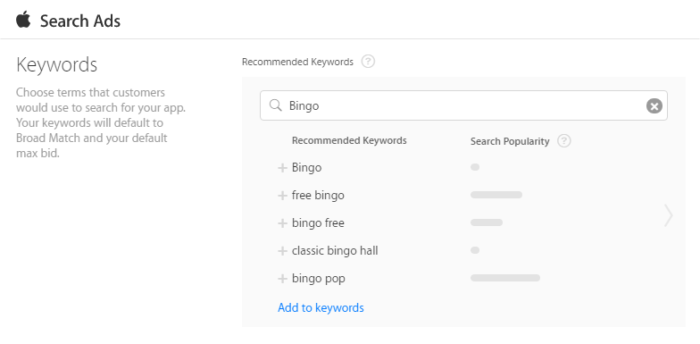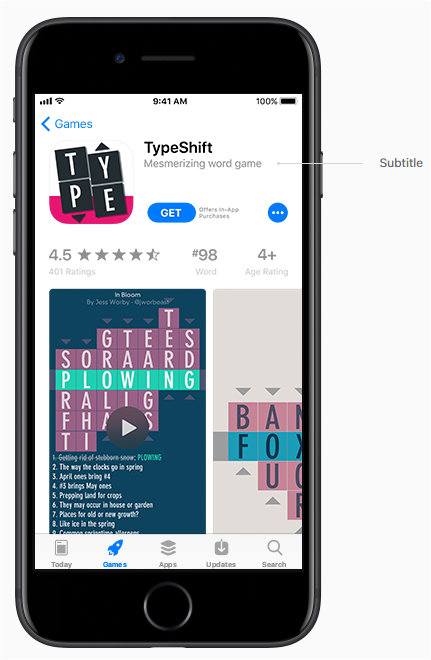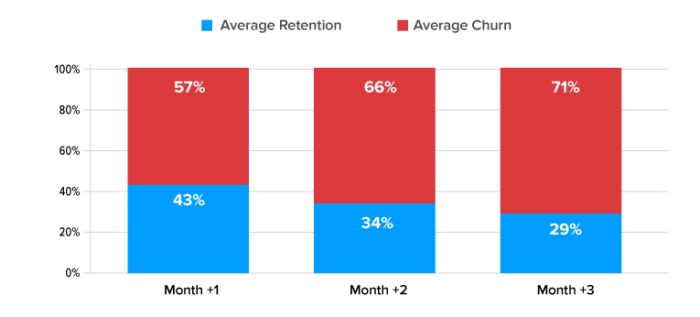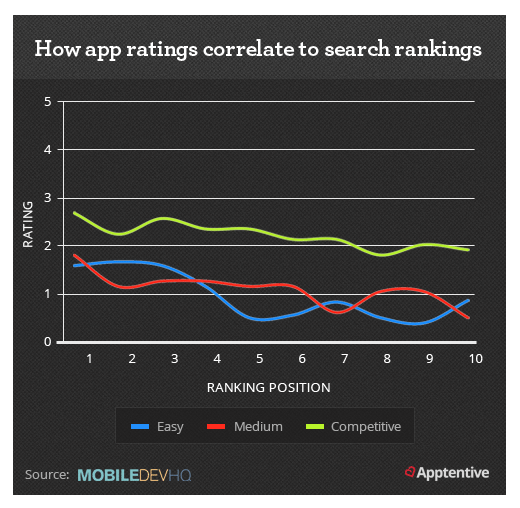
Dems disagree on whether party has antisemitism problem
Democrats are not seeing eye to eye on whether the party has a problem with antisemitism ahead of the November general election.
“It’s easy to call out people with Tiki torches saying ‘Jews will not replace us’ or the former president saying ‘very fine people on both sides,’ Rep. Jared Moskowitz, D-Fla., said in a statement to Fox News Digital, referencing a rally with White supremacists in Charlottesville, Virginia, in 2017.
“However, when Democrats look inward and see ‘go back to Poland’ or ‘kill the Zionists,’ they pretend the antisemitic rhetoric on the left isn’t happening, or they are silent,” he added. “And as it turns out, the left and the right have something in common.”
As the war between Israel and terrorist group Hamas has gone on, initially spurred by the latter’s surprise attack on innocent civilians on Oct. 7, acts of antisemitism have been observed more often in the U.S.
DEM SENATE CANDIDATE ELISSA SLOTKIN’S ‘SMALL CONSULTING BUSINESS’ MAY HAVE NEVER BEEN ACTIVE
The Anti-Defamation League reported that U.S. antisemitic assaults in the three months following the October attack in Israel shot up, surpassing the totals for entire years in the past.
The ADL said 3,291 assaults happened between Oct. 7 and Jan. 7. In 2022, 3,697 assaults occurred over the course of the entire year. The totals for each of the last 10 years, except for 2022, were less than that three-month period following the beginning of Israel’s war with Hamas.
This month, anti-Israel and antisemitic demonstrations rapidly expanded at top-tier universities, with a Gaza solidarity encampment that is persisting at Columbia University inspiring many of its higher education counterparts to take over their respective campuses, disrupt school activity, and intimidate Jewish students.
A rabbi at the New York school ultimately reccommended Columbia Jewish students return home to ensure their own safety.
While many Republican lawmakers have been quick to call out the demonstrations, Democrats have more often been quiet, and they have also been measured in their responses and calls for action from schools and police.
Some Democrats have even supported the encampment at Columbia, such as Rep. Ilhan Omar, D-Minn., who recently visited students involved in the protest.
TOP SENATE DEM CALLS FOR PROBE INTO MUSLIMS PROSECUTED BY DOJ FOR ILLEGAL BORDER CROSSINGS
Rep. Alexandria Ocasio-Cortez, D-N.Y., has additionally discouraged the use of police enforcement against such demonstrations.
Rachel Rosen, the chief communications officer for the group Democratic Majority for Israel, told Fox News Digital, “Antisemitism is emanating from the far left and the far right.”
However, she said, “President Biden has forcefully condemned antisemitism and defended Israel.”
JEWISH DEMOCRAT CALLS OUT BERNIE SANDERS OVER OPPOSITION TO ISRAEL AID: ‘NOW DO ANTISEMITISM’
She added, “We’re still waiting for GOP leaders to condemn Marjorie Taylor Greene’s ‘Jewish space lasers,’ the Republican candidate for governor of North Carolina’s Holocaust denialism and Donald Trump’s disgraceful trafficking in antisemitic tropes and dining with an actual Nazi.”
“Donald Trump regularly demeans Jewish Americans, dines with White nationalists, and said Adolf Hitler ‘did some good things,'” agreed Eric Schultz, senior advisor to former President Barack Obama. “Most Jewish voters support President Biden and that is because he has shown steadfast support for the Jewish people, especially with antisemitism on the rise.”
The White House didn’t provide comment on whether the Democratic Party has a problem with antisemitism to Fox News Digital in time for publication.
Sen. John Fetterman, D-Penn., who has emerged as a vocal advocate of Israel, was quick to say the party does have such a problem: “The far left, clearly. And that seems to manifest itself especially on the college campuses,” he said.
According to Fetterman, the Democrats can grapple with the issue “by calling it out,” which he noted he has been doing. However, he said he wasn’t going to give his colleagues advice on how to do so.
“I’m not aware of it,” Sen. Jon Tester, D-Mont., said when asked by Fox News Digital if the Democrats had an issue with antisemitism within the party. “But if there is, I’d be concerned.”
Tester is campaigning for re-election in Montana, which is poised to be one of the most competitive races in the country, rating as a “Toss Up” by non-partisan political handicapper the Cook Political Report.
Sen. Richard Blumenthal, D-Conn., shared with Fox News Digital that he doesn’t believe there is an issue among Democrats with antisemitism. “I don’t believe there are antisemites among Democrats in the United States Congress,” he said, noting that he couldn’t possibly know the beliefs of every individual Democratic voter.
HELP CHAIRMAN BERNIE SANDERS AVOIDS AGREEING TO CAMPUS ANTISEMITISM HEARINGS
“People often say things that may be misconstrued,” he explained. “And sometimes they say things that are offensive. But I don’t believe deep in their hearts people in the United States Congress hate Jews.”
Several Democrats, prompted as to whether there is specifically an issue on the left, avoided answering, instead condemning antisemitism in general.
“As the co-founder of the Senate Bipartisan Task Force for Combating Antisemitism, I’ve been working across the aisle to fight the scourge of antisemitism wherever it rears its ugly head, regardless of political party or ideology,” Sen. Jacky Rosen, D-Nev., said in a statement to Fox News Digital. Rosen is the only Jewish woman in the Senate.
Sen. Tammy Baldwin, D-Wis., similarly emphasized in a statement, “Antisemitism has no place in our country and I condemn this hate in no uncertain terms.”
The women each face their own competitive re-election battles in Nevada and Wisconsin in November.
Sen. Tim Kaine, D-Va., didn’t answer whether there was a problem within the party, but noted he felt badly for students across the country who are having school and graduation ceremonies potentially interrupted amid the hysteria of the demonstrations.
GOP LAWMAKERS DEMAND BIDEN ADMIN PROSECUTE ‘PRO-TERRORIST MOBS,’ HOLD SCHOOLS ACCOUNTABLE
The question was also sidestepped by Sen. Joe Manchin, D-W.Va., whose office directed Fox News Digital instead to recent legislation he introduced to address antisemitism on college campuses.
Rep. Dan Goldman, D-N.Y., pointed to his statement denouncing “hateful, antisemitic harassment and intimidation” at Columbia, without commenting on the party’s potential antisemitism concern.
Robert Shapiro, a political science professor at Columbia University explained that “The problem for the Democrats – Biden in particular, is not antisemitism.”
Instead, the issue they face is “how to deal with Israel and how to deal with the protests, especially in terms of the general disruption to society for which Biden and the Democrats may be held accountable, ultimately, in the 2024 election.”
Senate Majority Leader Chuck Schumer, D-N.Y., the highest ranking Jewish elected official in the U.S., did not provide comment in time for publication.
Sens. Sherrod Brown, D-Ohio and Bob Casey, D-Penn., who face tough re-election contests in November, also didn’t provide comments.
Sens. Michael Bennet, D-Colo., and Mark Warner, and Reps. Jake Auchincloss, D-Mass., Josh Gottheimer, D-N.J., and Jamie Raskin, D-Md., were additionally reached out to by Fox News Digital.




